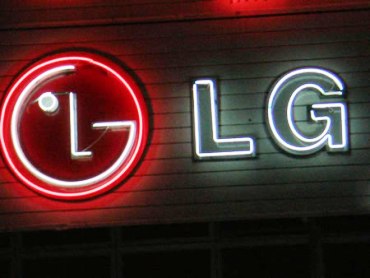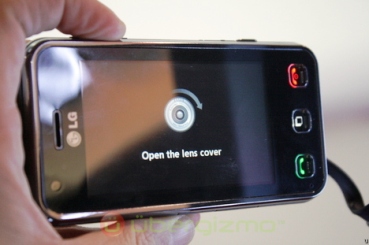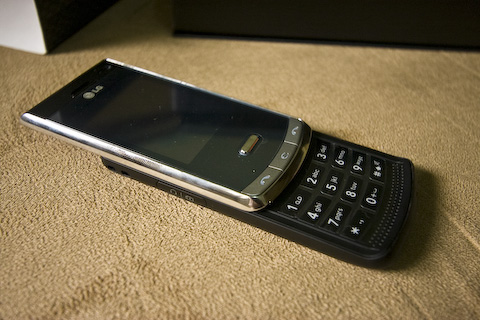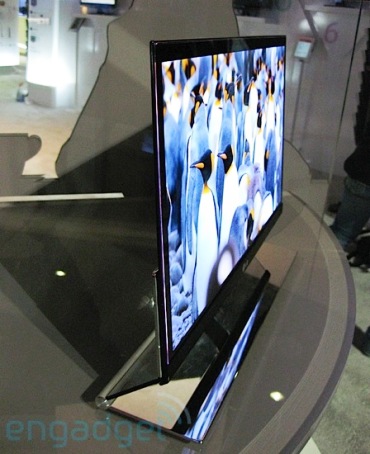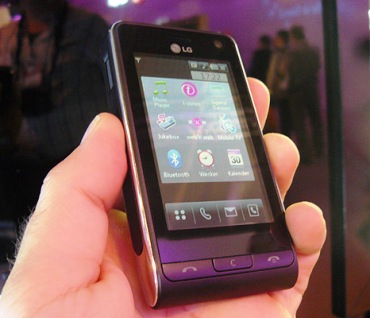 | « Back to article | Print this article |
LG has big plans for India
LG is ready to reposition itself in India.
From an aggressive price warrior and technology provider, the brand will henceforth be communicated as one that causes happiness, an enabler of life enrichment.
The focus will be on the softer aspects of things.
This is the first experiment of its kind that LG has done anywhere in the world. If it clicks, the idea will be taken to other markets. All eyes are therefore on India at the moment.
This, to be sure, is not the first time that LG has tried to reposition itself in India. For almost 10 years after it came to the country in 1997, LG had focused on the mass market.
But a sizeable chunk of consumers over the years had moved up the value chain -- a space well captured by rival brands like Samsung and Sony.
This, for instance, shows up in the fact that LG is behind Samsung in the LCD television market.
So, it made a deliberate attempt to get noticed as an up-market brand. This happened through LG campaigns as well as products like the Jazz LCD televisions and Chocolate mobile phones.
And now LG wants to move away from in-your-face product promotion to subtle messages -- it can bring happiness to your life. "Our motto is life is good. We will address what people consider good," says LG Electronics India Managing Director Moon Bum Shin.
LG has big plans for India
Mind over matter
Some time last year, LG commissioned market research outfit IMRB to survey what makes people happy.
What came up was nothing short of a revelation.
In spite of their new found wealth and overall economic betterment, what matters most to Indians are good relationships, lack of stress, good health and mind, success and the opportunity to do things for each other.
Material possessions that show that a person has arrived in life are also important but play a small role.
For the youth what matters is the freedom to live an unshackled life. "It could be going out for a film with friends or going on an adventure trip," says LG Electronics India chief marketing officer LK Gupta.
It was then decided to put this learning into practice. The first stop was the marketing campaigns. LG will thus project itself as an enabler to enrichment in life.
"Our line will be that we can help fulfill some aspirations," adds Gupta. A mass media campaign to this effect will soon be launched.
This is not a huge departure from what LG has done in the past. Its first range of televisions, air-conditioners and refrigerators had all used health as a sale plank. The message will be tweaked further now.
Research carried out by AC Nielsen has shown, according to Gupta, that people associate LG with quality and reliability.
"This is because of our wide presence in the country and our service network. Most households have an LG product now," adds he.
LG has big plans for India
"The next campaign will build on it to make the brand more contemporary and trendy." In two or three years, Gupta says LG will be seen as a trustworthy and admired brand that innovates to make life better.
In a way, the change in communication has already begun to happen. For the next ICC (International Cricket Council) championship, LG is running a scheme that will take children to the venue of the India matches, and these children will walk the Indian team to the ground.
"This is not something that you can buy with money. It will be a matter of immense pride for the children as well as their parents," says Gupta.
Of course, LG has raised its marketing budget significantly so that the new message is conveyed effectively and sufficiently. From Rs 550 crore (Rs 5.5 billion) in 2009, Shin has raised the budget to Rs 800 crore (Rs 8 billion) in 2010.
LG has big plans for India
The right match
But campaigns like this will not work if LG does not have the right products.
It has localised its international lines to suit Indian demands and conditions, and has brought global products for top-end customers.
Now it could go a step further.
In the works, says Shin, is an intelligent refrigerator that can keep a count on your calorie and vitamin intake.
"This is a huge issue in India. This refrigerator can help control your food," says he. The money set aside by LG for research & development in 2010 is Rs 300 crore (Rs 3 billion), up 100 per cent from Rs 150 crore (Rs 1.5 billion) in 2009.
LG, to be sure, is the largest player in the consumer electronics market which is worth Rs 35,000 crore (Rs 350 billion) per annum.
LG has big plans for India
And now it feels the need to take the brand to the next level. Rivals like Samsung, Sony and Videocon too have turned aggressive.
And India is a key element of LG's global game plan. At the moment, India accounts for about 6 per cent of LG's worldwide turnover.
Shin wants to raise it to at least 10 per cent by 2012.
By 2015, India will become the second largest contributor to LG's revenue after the US and ahead of South Korea. It's a tough challenge and the brand needs to keep the buzz alive to meet it.
That is perhaps why Shin has set stiff targets for his team. Having closed 2009 with a sales turnover of Rs 11,500 crore (Rs 115 billion), Shin wants to grow 50 per cent in 2010 and end the year with sales of over Rs 17,000 crore (Rs 170 billion).
What gives him the confidence is the 40 per cent growth logged by the company in the second half of 2009.
This helped LG cope with an indifferent first half and grow 25 per cent during the year. The new positioning, Shin hopes, will help LG reach its targets. The product lines where Shin intends to make a big splash in 2010 are LCD televisions and mobile phones.
LG has big plans for India
"We will overtake Samsung in LCD televisions this year," says Shin.
Observers and rivals say that's easier said than done. LG is not a youthful brand, they say.
This could hurt it in the mobile handsets market. Numbers speak for themselves.
In 2009, LG was able to increase its share from 4 per cent to 6 per cent in the GSM mobile phone market.
While Nokia's share went up from 70 per cent to 71 per cent during the period, Samsung doubled its share from 8 per cent to 16 per cent. All three were helped by the fall in the share of Sony Ericsson and Motorola. Has LG failed to connect with the youth? More than half of India, various studies have shown, is below 30.
Shin admits that the average age of the LG consumer is above 30. But the brand can't be faulted for that.
The nature of consumer electronics is such that the consumer's first interface with brands happens at that age.
And LG's product portfolio has for several years been loaded heavily in favour of consumer electronics.
But Shin thinks this is a problem that can be addressed. To begin with, LG wants to launch handsets that will appeal to the youth, both in terms of features and looks.
Two, LG has signed on three celebrities for brand endorsement: Film stars John Abraham, Genelia D'Souza and Abhay Deol.
"They carry today's attitude. We will use them in a unique and attention-catching way," says Shin. Will that be good enough? Shin is convinced LG has made all the right moves.
